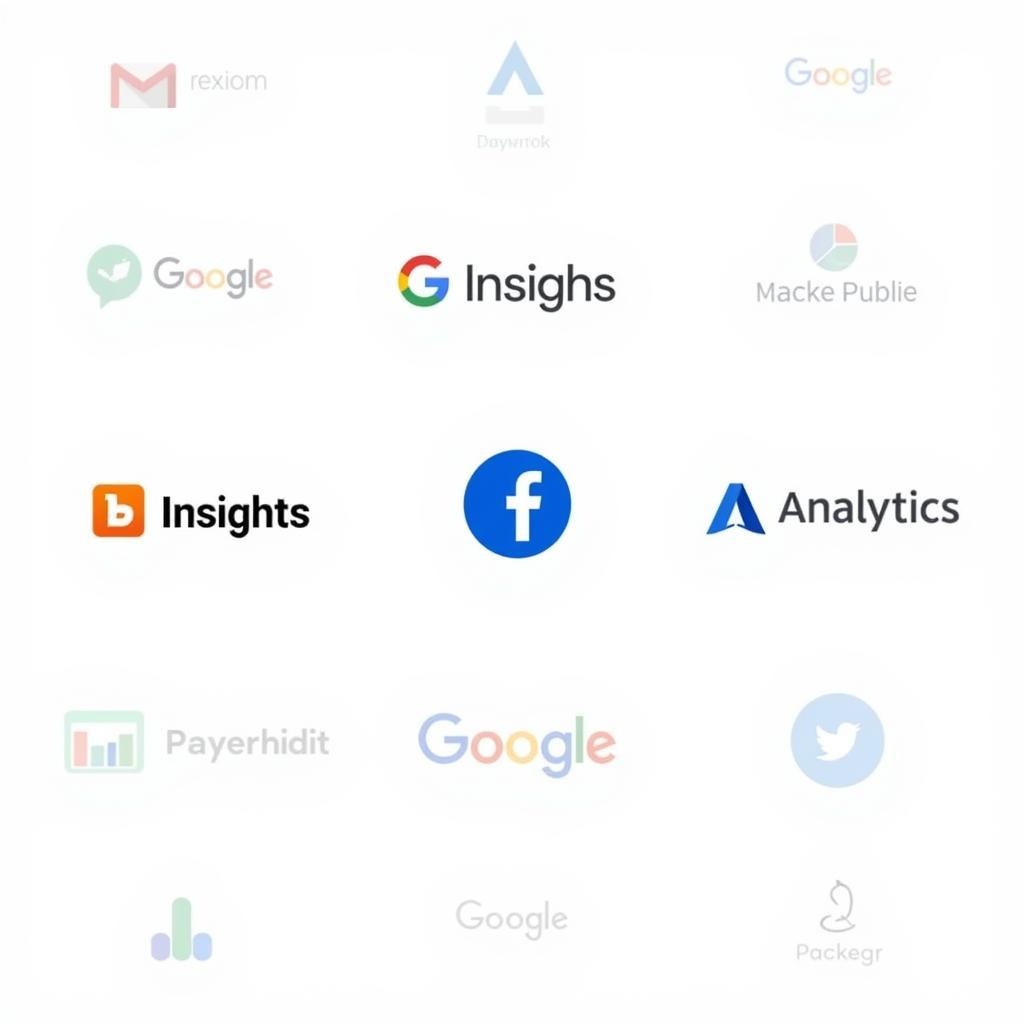Understanding a fan page’s performance is crucial for any brand or individual looking to grow their online presence. But where do you even begin? Analyzing a fan page goes beyond just looking at the number of likes and followers. It’s about understanding your audience, their behavior, and how your content resonates with them. This comprehensive guide will equip you with the knowledge and tools to conduct a thorough fan page analysis, extract meaningful insights, and ultimately, optimize your page for maximum impact.
Diving Deep: Key Metrics to Analyze
 Analyzing fan page metrics
Analyzing fan page metrics
Before we delve into the specifics, let’s first familiarize ourselves with the key performance indicators (KPIs) that paint a clear picture of your fan page’s health.
- Engagement Rate: This metric is the heart and soul of your analysis. It tells you how actively your audience interacts with your content. A high engagement rate signifies that your content is resonating, sparking conversations, and encouraging participation.
- Reach: Simply put, reach refers to the number of unique users who have seen your content. A wider reach amplifies your brand’s visibility and increases your potential for engagement.
- Audience Demographics: Knowing who your audience is—their age, location, interests—is fundamental to tailoring your content strategy. This information allows you to craft messages that resonate deeply with your target demographic.
- Content Performance: Not all content is created equal. Tracking the performance of your posts—be it videos, images, or text-based updates—reveals what resonates best with your audience and informs your future content creation.
Tools of the Trade: Leveraging Analytics Platforms
 Utilizing analytics platforms for insights
Utilizing analytics platforms for insights
Fortunately, you don’t need to be a data scientist to decipher your fan page’s performance. Several robust analytics platforms provide you with the insights you need.
- Native Platform Analytics: Platforms like Facebook and Instagram offer built-in analytics dashboards (e.g., Facebook Insights) that provide a wealth of data about your page’s performance.
- Third-Party Social Media Management Tools: Numerous social media management tools offer comprehensive analytics features, often with more in-depth insights and reporting capabilities.
Actionable Insights: Turning Data into Strategy
Analyzing data is only half the battle. The real magic happens when you translate those insights into actionable strategies.
- Content Optimization: Identify your top-performing posts and analyze what made them successful. Was it the content format, the topic, or the time of posting? Replicate those winning elements in your future content.
- Audience Engagement: Use your understanding of audience demographics and behavior to create more targeted and engaging content. Encourage interaction by asking questions, hosting contests, and responding to comments.
- Advertising and Promotion: Analytics can guide your paid advertising campaigns. By understanding which demographics are most engaged with your page, you can create highly targeted ads for a better return on investment.
Beyond the Numbers: The Human Element
While data provides a valuable framework, remember that behind those numbers are real people with diverse interests and preferences. Don’t be afraid to experiment, be authentic, and most importantly, listen to your audience. Engage in conversations, respond to comments, and foster a sense of community on your page.
Conclusion: A Continuous Journey of Growth
Analyzing a fan page is not a one-time task, but an ongoing process of learning, adapting, and evolving. Regularly review your analytics, experiment with new approaches, and remain responsive to your audience’s needs. By embracing a data-driven approach and staying true to your brand’s voice, you can build a thriving online community and achieve your fan page goals.


